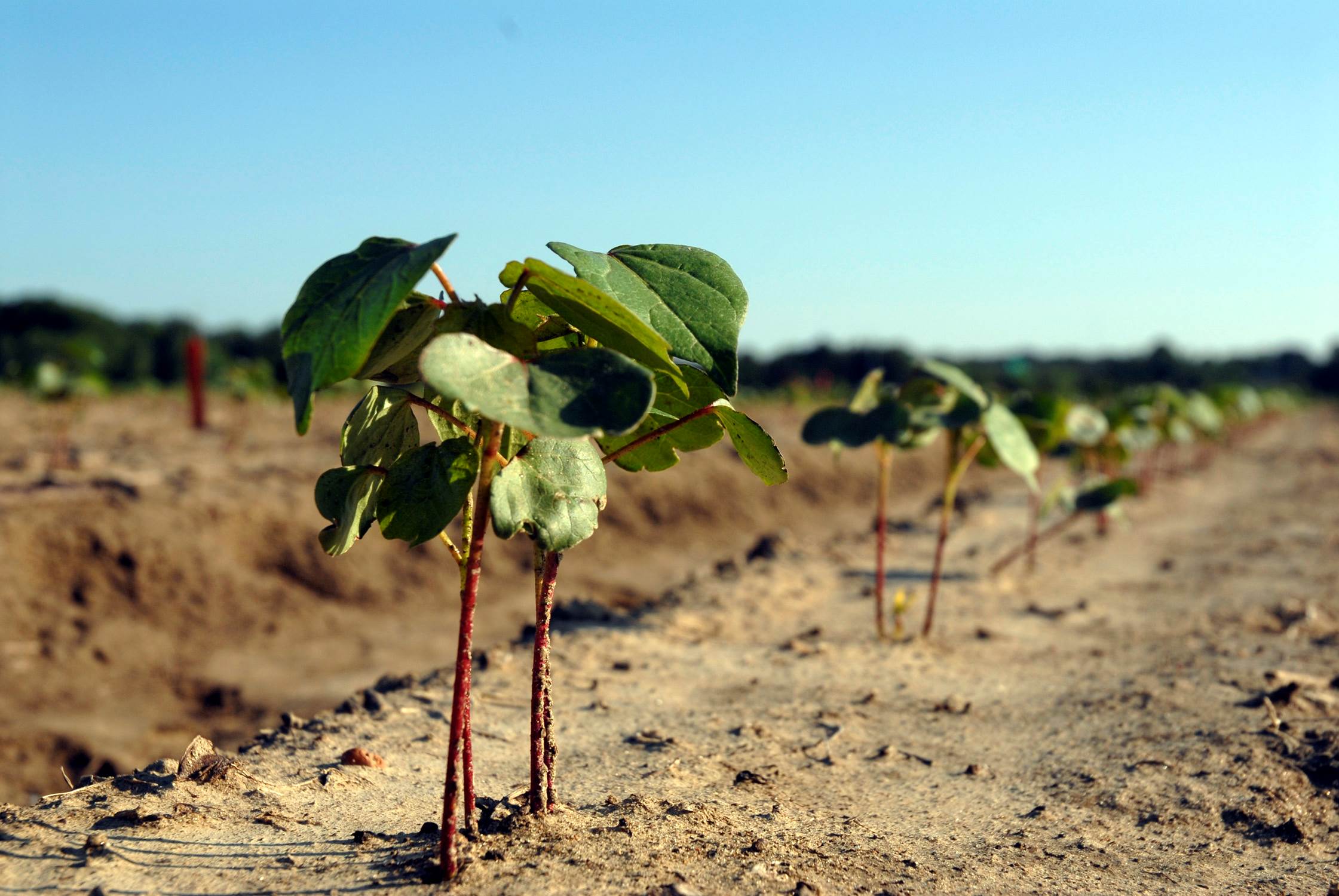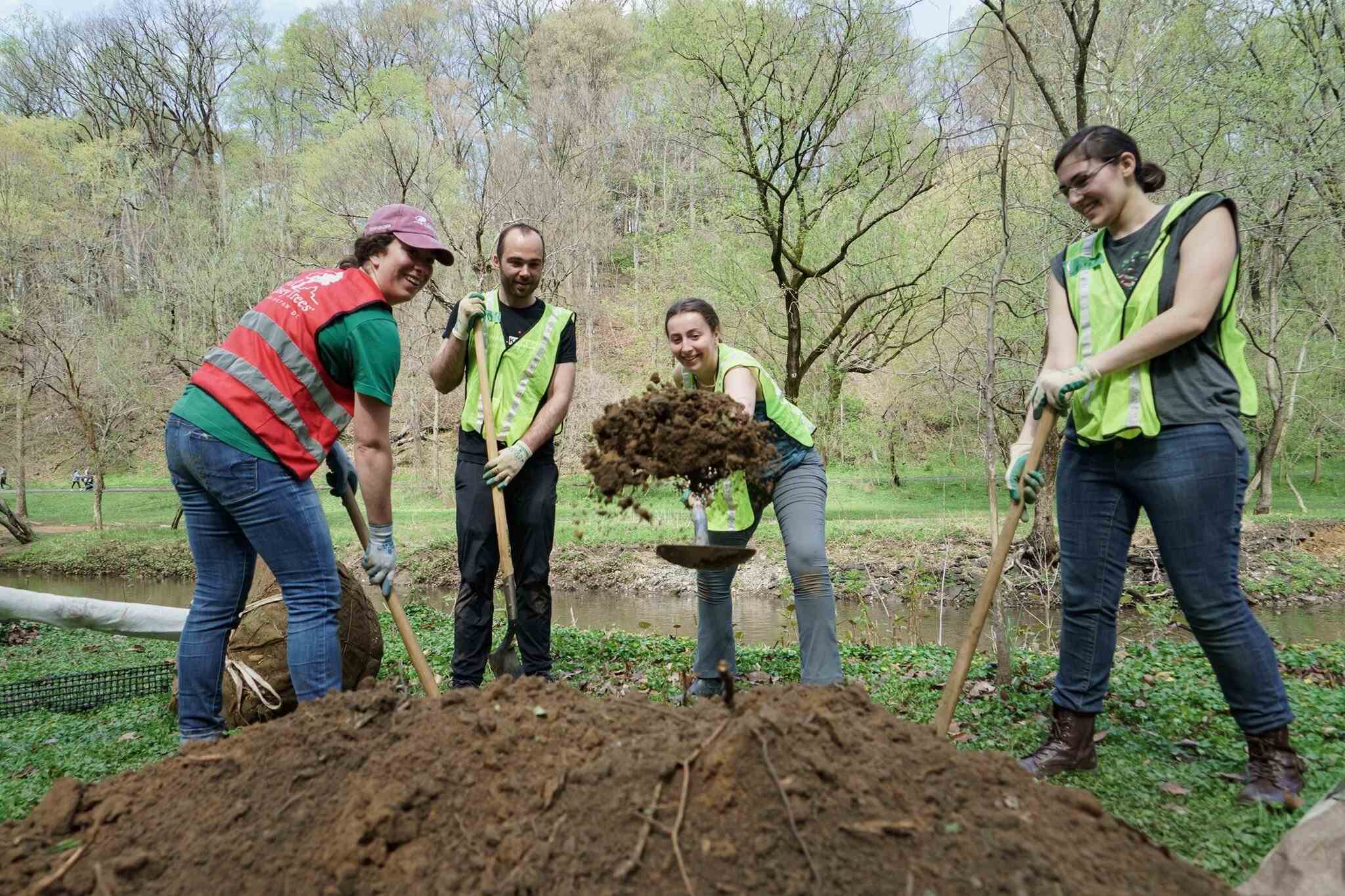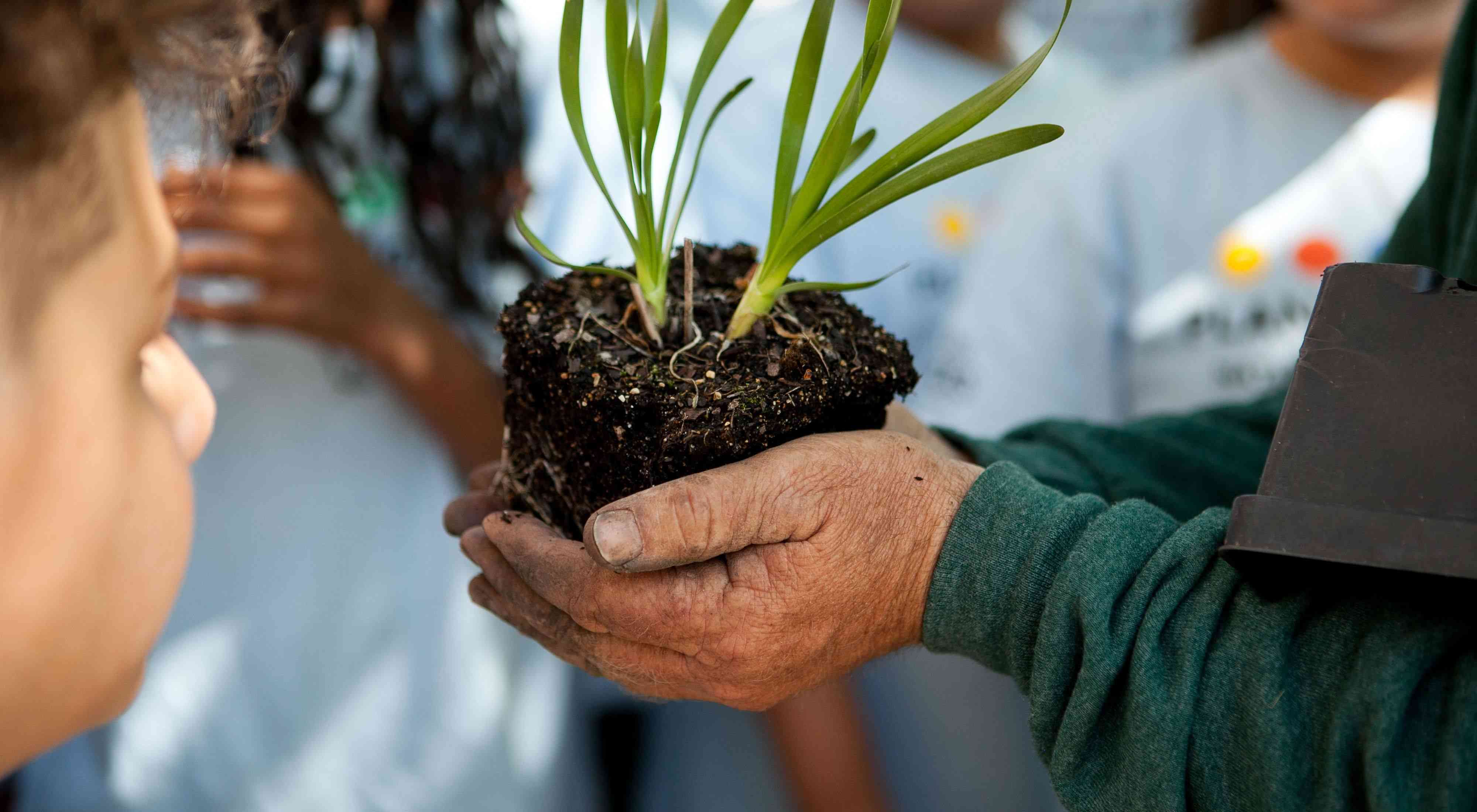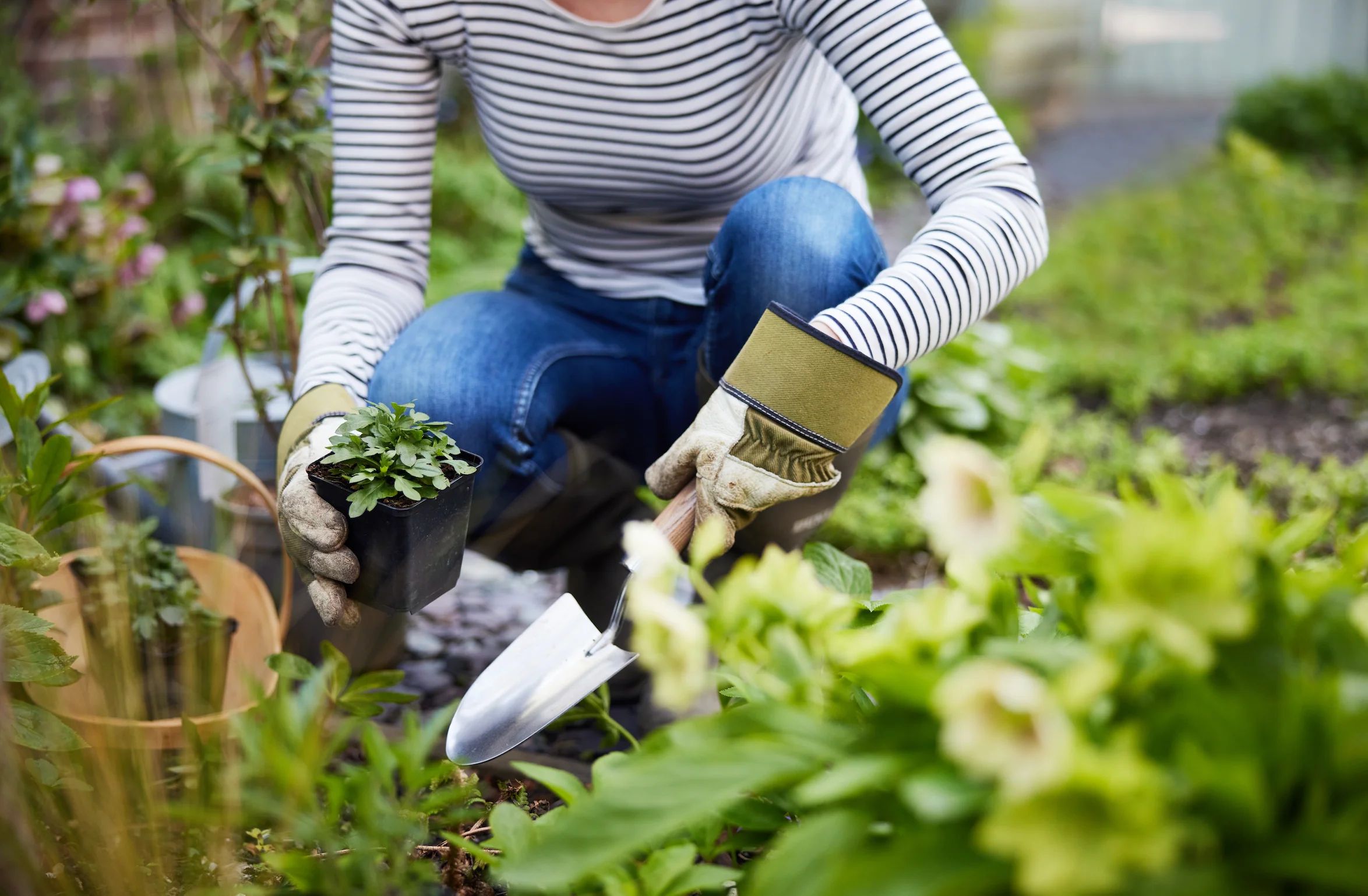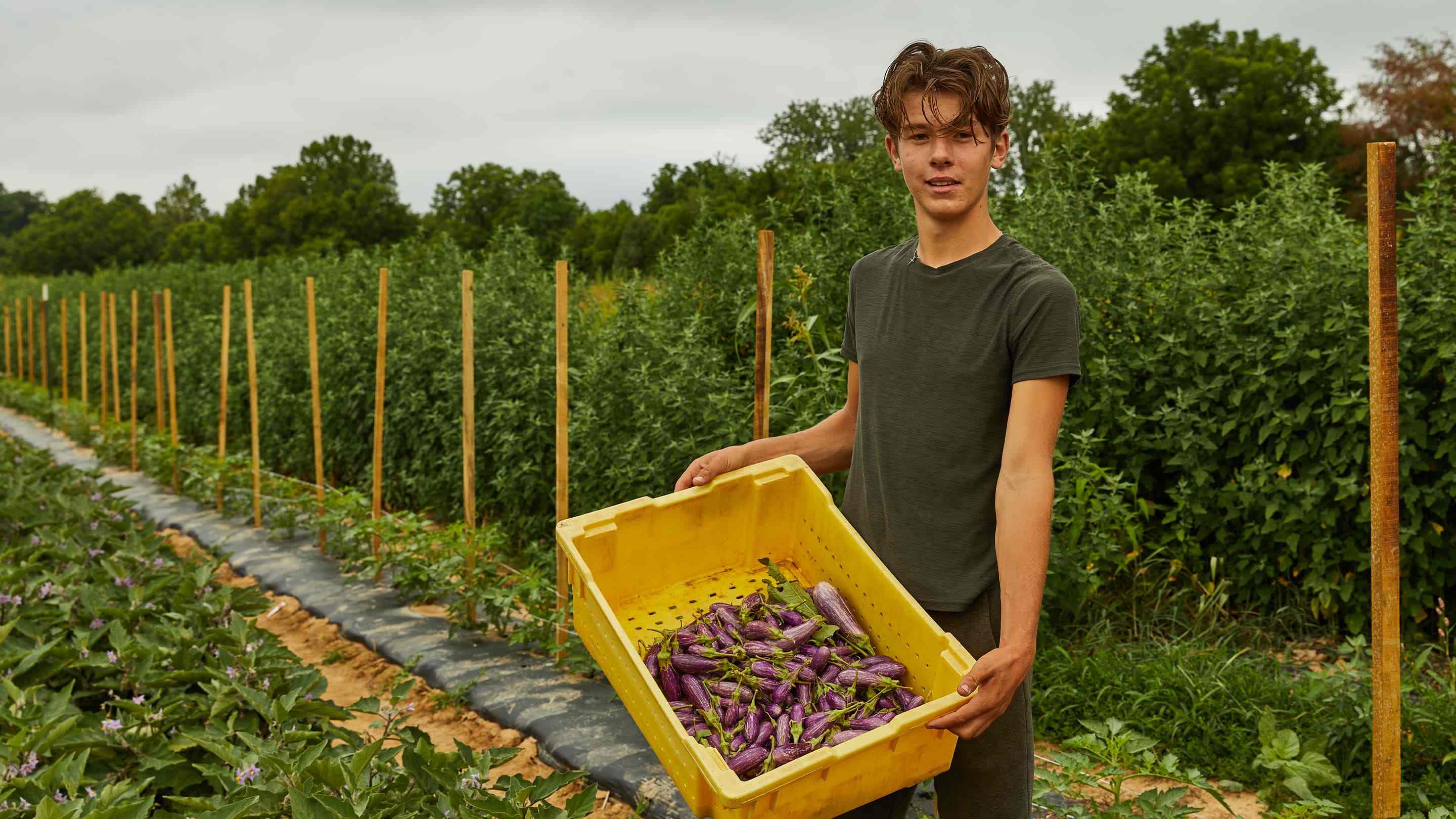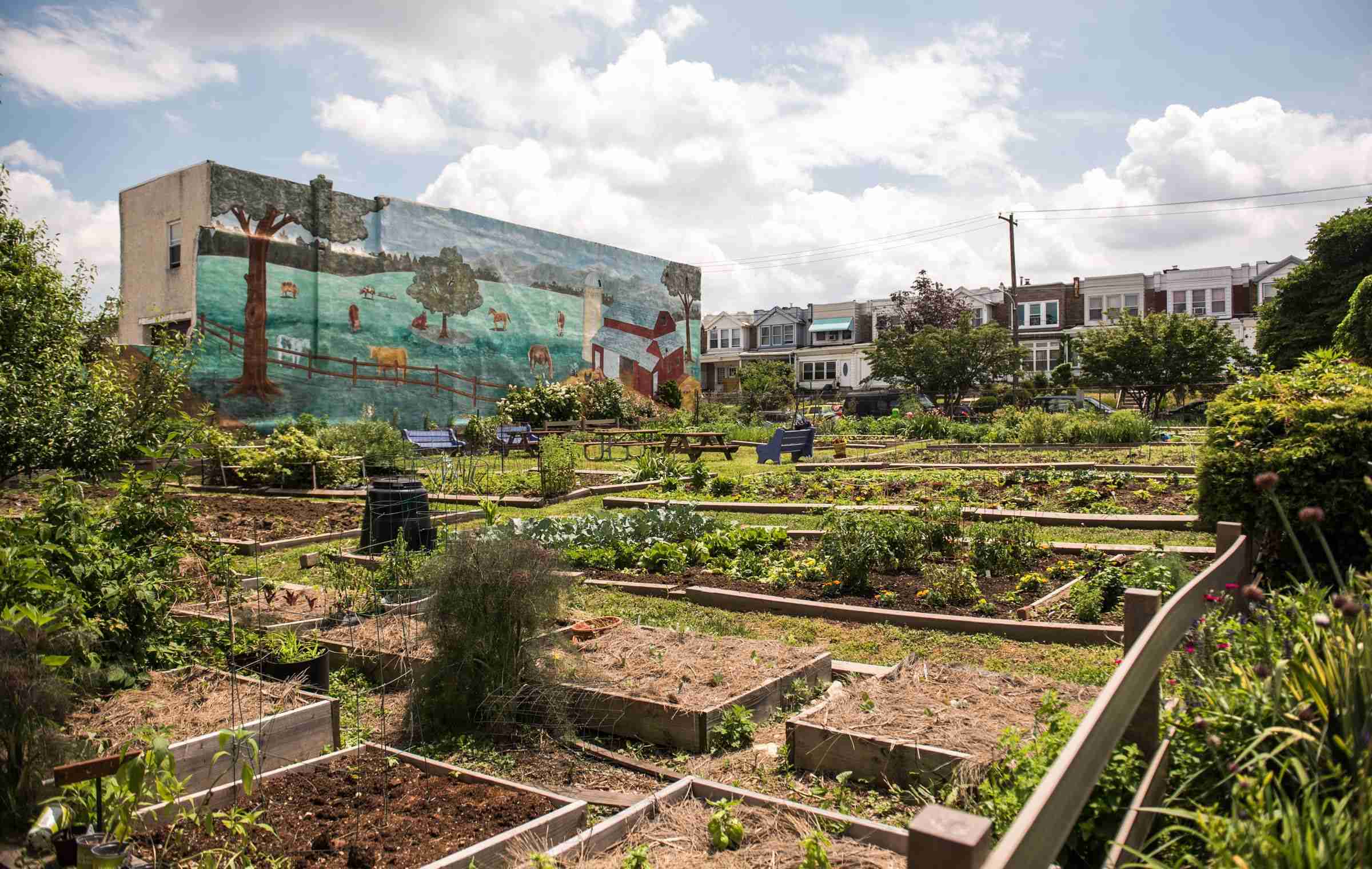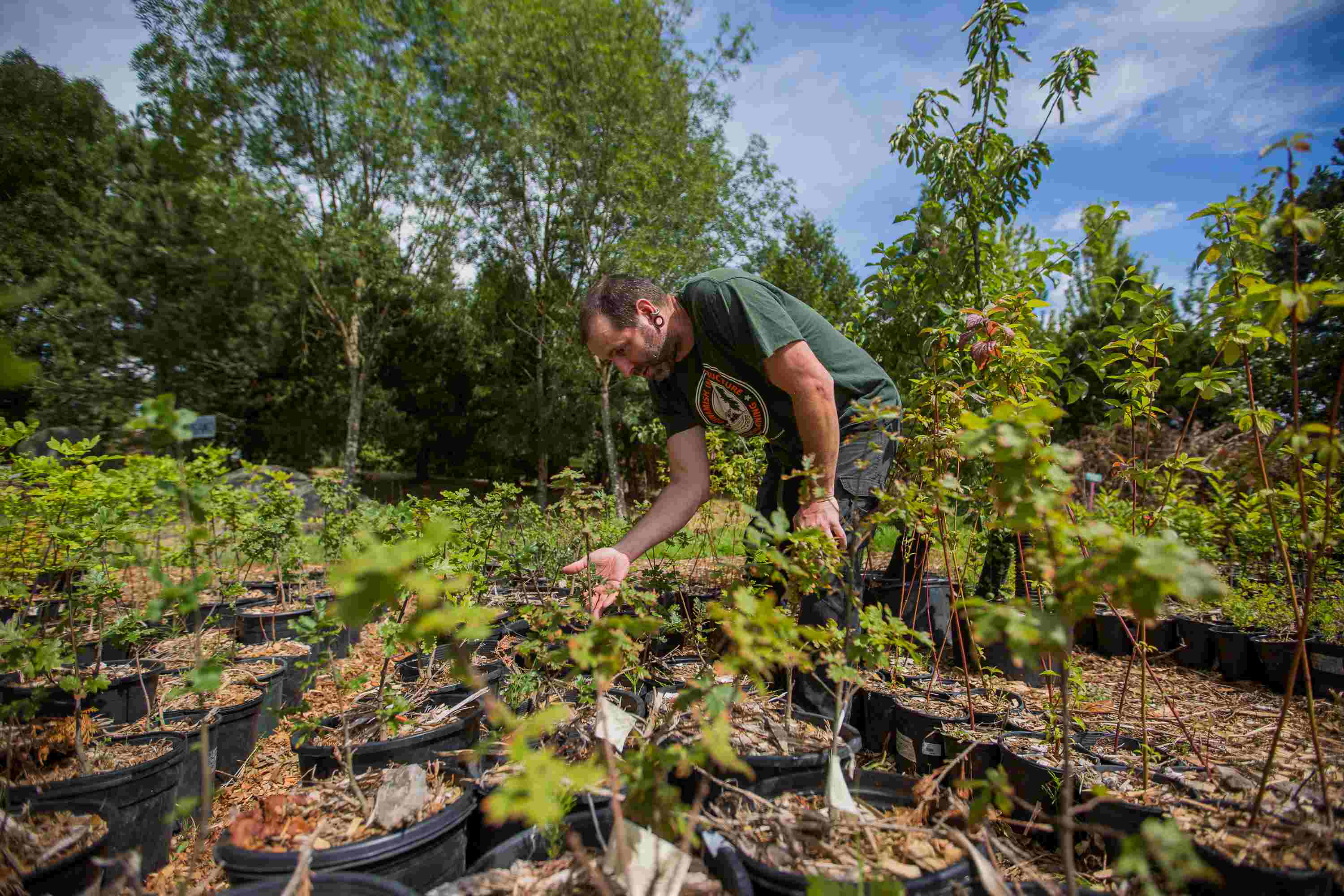Home>Gardening Basics>Understanding Soil>What Zone Is Las Vegas For Planting
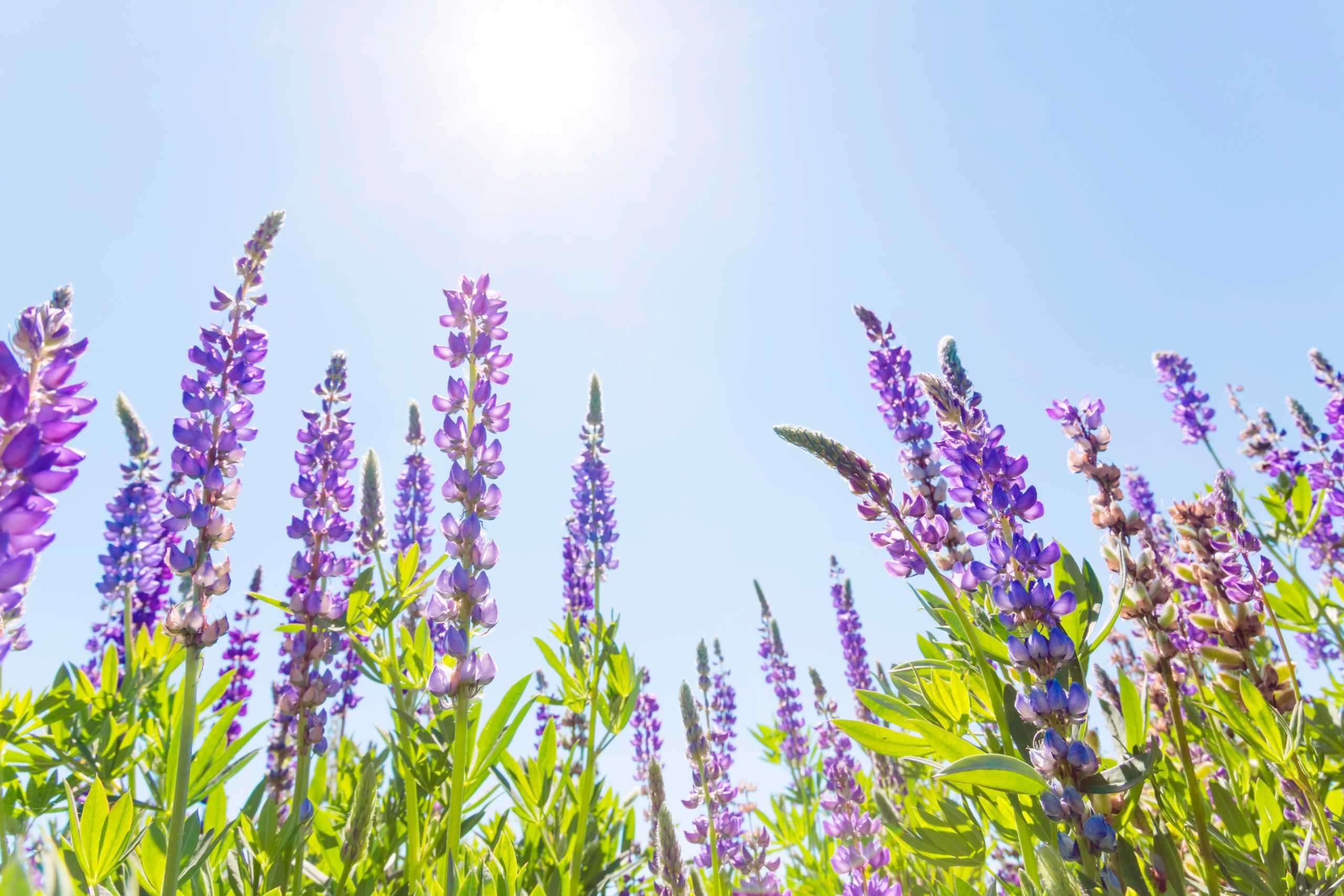

Understanding Soil
What Zone Is Las Vegas For Planting
Modified: February 10, 2024
Discover the ideal planting zone for Las Vegas and enhance your gardening skills by understanding soil types and requirements.
(Many of the links in this article redirect to a specific reviewed product. Your purchase of these products through affiliate links helps to generate commission for Chicagolandgardening.com, at no extra cost. Learn more)
Table of Contents
Introduction
Welcome to the fascinating world of soil and plant cultivation! Understanding soil and its properties is crucial for successful gardening and landscaping. Whether you are an experienced green thumb or just starting your gardening journey, having a deep understanding of soil and its characteristics will undoubtedly elevate your skills and help you achieve beautiful and thriving plants.
Soil is the foundation of life on Earth. It provides essential nutrients, water, and support for plant growth. Soil composition varies from region to region, making it important to understand the unique characteristics of the soil in your area. This knowledge will enable you to make informed decisions when it comes to selecting suitable plants, applying fertilizers, adjusting pH levels, and implementing appropriate irrigation practices.
By grasping the fundamentals of soil structure, texture, fertility, and drainage, you will gain insights into the specific needs of different plants and be better equipped to provide them with the optimal growing conditions. This understanding will open up a world of possibilities, enabling you to experiment with a wide array of plants, achieve higher yields in vegetable gardens, and create stunning landscapes that thrive in harmony with their environment.
In this comprehensive guide, we will delve into the fascinating world of soil science, covering everything from soil composition and types to the factors that influence soil fertility and ways to improve soil health. We will also touch on the importance of soil testing and provide practical tips for maintaining healthy soil in your garden.
So get ready to dig deep into the world of soil! By the end of this guide, you will have a solid understanding of soil and be well on your way to becoming a master gardener who can grow and nurture plants with confidence and expertise.
Understanding Hardiness Zones
Before we dive into the specifics of soil composition and gardening in Las Vegas, it’s essential to understand the concept of hardiness zones. This classification system is widely used to determine which plants are best suited for a specific geographical area.
Hardiness zones are based on the average minimum winter temperatures of a region. The United States Department of Agriculture (USDA) has developed a map that divides North America into 13 zones, ranging from 1 (coldest) to 13 (warmest). Each zone is further divided into subzones A and B, with A being cooler than B.
Knowing your hardiness zone is crucial as it helps you select plants that can survive and thrive in your specific climate. Each plant has its own temperature tolerance range, and by choosing plants that are well-adapted to your zone, you increase their chances of survival and minimize the risk of frost damage or heat stress.
In Las Vegas, the prevailing hardiness zone is typically classified as USDA Zone 9a, with average annual minimum temperatures ranging from 20 to 25°F (-6 to -4°C). However, it’s important to note that microclimates can exist within a region, influenced by factors such as elevation, proximity to water bodies, and urban heat island effects.
Understanding your hardiness zone not only helps you select the right plants but also guides you in determining the best time to plant, protect plants during extreme temperature fluctuations, and plan for winter protection measures if necessary.
Several online resources provide interactive maps that allow you to enter your location and find the corresponding hardiness zone. By identifying your zone, you can confidently choose plants that are well-suited to thrive in your specific climate conditions.
Now that we have a basic understanding of hardiness zones, let’s explore the unique climate of Las Vegas and the factors that influence planting in this area.
Las Vegas Climate Overview
Las Vegas, famously known as the “Entertainment Capital of the World,” is located in the Mojave Desert in Nevada. The city experiences a desert climate characterized by hot, arid summers and mild winters.
During the summer months, Las Vegas sizzles under scorching temperatures reaching highs of over 100°F (38°C). Heatwaves are common, with occasional spikes in temperature surpassing 110°F (43°C). The hot weather combined with low humidity levels can pose challenges for gardening and plant survival.
Winters in Las Vegas are relatively mild, with average temperatures ranging from 45 to 60°F (7 to 15°C). Snowfall is rare, but chilly nights and occasional frosts can occur, especially during December and January.
One characteristic of the desert climate in Las Vegas is the significant temperature fluctuations between day and night. It’s not uncommon to experience a difference of 30°F (17°C) or more between daytime highs and nighttime lows. This fluctuation can place additional stress on plants, particularly those not accustomed to such temperature variations.
In addition to the extreme temperatures, Las Vegas also experiences low annual rainfall, averaging around 4-5 inches (10-13 cm) per year. The arid conditions, coupled with sandy, well-draining soils, make water conservation and efficient irrigation practices essential for successful gardening in this region.
The dry climate, intense sunlight, and strong winds can lead to rapid evaporation, drying out the soil quickly. As a result, plants require regular watering, especially during the hot summer months. Installing proper irrigation systems, such as drip irrigation or soaker hoses, can help deliver water directly to the plant roots and reduce water loss through evaporation.
Understanding the unique climate of Las Vegas is crucial for selecting plants that can handle the extreme heat and adapt to the arid conditions. In the next section, we will explore how to identify the specific planting zone in Las Vegas, which will further guide us in choosing the right plants for successful gardening.
Identifying Las Vegas Planting Zone
To determine the specific planting zone in Las Vegas, we can refer to the USDA Hardiness Zone Map. As mentioned earlier, Las Vegas is generally classified as USDA Zone 9a, with average annual minimum temperatures ranging from 20 to 25°F (-6 to -4°C). However, it’s important to note that microclimates can exist within the city, influenced by factors such as elevation, proximity to water bodies, and urban heat island effects.
Identifying your precise planting zone within Las Vegas can be accomplished by consulting with local extension offices, gardening experts, or using online tools that provide more precise zone information. These resources take into account the unique characteristics of your specific location and can help you make more informed decisions regarding plant selection and care.
Knowing your planting zone is invaluable when it comes to choosing plants that can thrive in Las Vegas’s challenging climate. Opting for plants that are well-suited to your zone increases the likelihood of successful growth and reduces the risk of damage or failure due to extreme temperature fluctuations.
In addition to considering the hardiness zone, it’s essential to evaluate other factors that may impact plant growth, such as sun exposure, wind patterns, and soil conditions. South-facing areas of your landscape tend to receive more direct sunlight, while north-facing areas may experience more shade. Understanding these variations can help you choose the right plants based on their specific sunlight requirements.
Wind patterns are also a critical consideration, as the strong desert winds in Las Vegas can dry out plants and cause physical damage. Providing windbreaks with the strategic placement of structures, such as fences or shrubs, can help protect delicate plants from excessive wind exposure.
Lastly, it’s important to assess the soil conditions in your planting area. Las Vegas is known for its sandy, well-draining soils, which can cause rapid water drainage. Amending the soil with organic matter can improve water retention and nutrient availability, creating a healthier growing environment for plants.
By identifying your specific planting zone within Las Vegas and taking into account factors such as sun exposure, wind patterns, and soil conditions, you can make informed decisions when selecting plants and ensure their success in this challenging desert environment.
Factors Affecting Planting in Las Vegas
Gardening in Las Vegas presents unique challenges due to the extreme desert climate. Several factors can significantly impact plant growth and survival in this region. Understanding and mitigating these factors are crucial for successful gardening in Las Vegas.
1. High Temperatures: The scorching summer temperatures in Las Vegas can be detrimental to plant health. Plants must be able to tolerate and adapt to the intense heat. It is important to choose heat-tolerant plants and provide adequate protection from direct sunlight during the hottest parts of the day.
2. Low Humidity: The desert climate in Las Vegas is characterized by low humidity levels, which can lead to rapid evaporation of moisture from plant leaves and soil. This can result in increased water requirements for plants. Regular watering and the use of mulch to retain soil moisture can help prevent dehydration and stress in plants.
3. Soil Composition: Sandy, well-draining soils are common in Las Vegas. While good drainage is beneficial, these soils can also cause water to be rapidly leached away, making it necessary to water plants more frequently. Amending the soil with organic matter can improve water retention and nutrient availability, enhancing plant growth.
4. Wind: Las Vegas experiences strong winds, particularly during the spring. These winds can lead to excessive evaporation, drying out plants and soil. Providing windbreaks, such as fences or hedges, can help protect plants from wind damage and reduce water loss through evaporation.
5. Urban Heat Island Effect: The presence of concrete and buildings in urban areas can create a phenomenon known as the urban heat island effect. This effect causes urban areas to be hotter than surrounding rural areas. Urban gardening in Las Vegas may require extra measures to combat the increased heat, such as shading structures and strategic plant placement.
6. Frost Risk: Although Las Vegas experiences mild winters, frosts can still occur, particularly in December and January. Sensitive plants may require protection during these colder periods. Covering plants with frost cloths or bringing potted plants indoors can help prevent frost damage.
By understanding and addressing these factors, you can create a more favorable environment for your plants, ensuring their growth and survival in the challenging desert climate of Las Vegas.
Suitable Plants for Las Vegas Zone
Gardening in Las Vegas requires careful plant selection to ensure success in the challenging desert environment. It is important to choose plants that are well-adapted to the high temperatures, low humidity, and sandy soils prevalent in the region. Here are some suitable plant options for Las Vegas:
- Cacti and Succulents: These water-wise plants are perfect for the dry conditions in Las Vegas. They have the ability to store water in their leaves and stems, making them highly tolerant of drought. Agave, Aloe, and Prickly Pear Cactus are popular choices.
- Native Plants: Choosing native plants is always a wise decision as they are naturally adapted to the local climate and soil conditions. Some native options for Las Vegas include Desert Marigold, Desert Sage, Mojave Aster, and Blackfoot Daisy.
- Drought-Tolerant Perennials: Perennial plants that are drought-tolerant can survive with minimal water once established. Examples include Lavender, Penstemon, Yarrow, and Red Hot Poker.
- Herbs: Several herbs thrive in the Las Vegas climate. Mediterranean herbs like Rosemary, Thyme, Sage, and Oregano handle the dry conditions well and can add wonderful flavors to your culinary creations.
- Drought-Tolerant Shrubs: Shrubs are excellent for adding structure and visual interest to your garden. Some drought-tolerant shrubs suitable for Las Vegas include Texas Ranger, Desert Ruellia, Indian Hawthorn, and Desert Bird of Paradise.
- Desert Trees: Desert trees can provide shade and enhance the aesthetics of your landscape. Some options that perform well in Las Vegas include Palo Verde, Desert Willow, Mesquite, and Ironwood.
When selecting plants, consider their water requirements, sun exposure needs, and hardiness to ensure they are suitable for the Las Vegas climate. Additionally, proper planting techniques, mulching, and regular watering during the establishment phase will aid in the plants’ success.
It is important to note that even drought-tolerant plants require adequate water during the initial establishment period. Once the plants have developed a strong root system, they will be better equipped to handle the arid conditions.
By choosing plants that are well-suited to the Las Vegas climate and implementing proper watering and care practices, you can create a beautiful and thriving garden that withstands the challenges of the desert environment.
Tips for Successful Gardening in Las Vegas
Gardening in the desert climate of Las Vegas can be rewarding with proper planning and care. Here are some essential tips to help you succeed in your gardening endeavors:
- Water wisely: Water is a precious resource in the arid conditions of Las Vegas. Use drip irrigation or soaker hoses to deliver water directly to the plant roots, minimizing evaporation. Water deeply and infrequently to encourage deep root growth. Adjust watering frequency based on the season and plant needs.
- Implement mulching: Applying a layer of organic mulch around your plants can help conserve moisture, regulate soil temperature, and suppress weed growth. Organic mulch, such as wood chips or straw, also adds nutrients to the soil as it breaks down.
- Provide shade: Protect your plants from intense sun exposure by providing shade during the hottest parts of the day. Install shade structures, use shade cloth, or strategically plant taller vegetation to create shade for more delicate plants.
- Protect against wind: Strong winds can cause desiccation and physical damage to plants. Use windbreaks, such as fences, walls, or hedges, to protect your garden. Consider planting wind-resistant plants or introducing structures that can deflect or slow down the wind.
- Improve soil quality: Sandy soils prevalent in Las Vegas can benefit from the addition of organic matter to improve water retention and nutrient availability. Incorporate compost, well-rotted manure, or other organic amendments into the soil to enhance its structure and fertility.
- Choose the right plants: Select plant varieties that are well-suited to the Las Vegas climate. Look for drought-tolerant, heat-resistant, and native species that can thrive in arid conditions. Consider the plant’s water requirements, sunlight needs, and hardiness to ensure compatibility with the local climate.
- Practice proper pruning: Regular pruning helps maintain the health and shape of your plants. Prune trees and shrubs during their dormant season to promote robust growth and remove any damaged or diseased branches. Proper pruning can also improve airflow and reduce the risk of fungal diseases.
- Monitor soil moisture: Keep an eye on soil moisture levels to prevent over or under-watering. Use a moisture meter or simply test the soil with your finger to determine when watering is necessary. Be mindful of the water needs of individual plants, as they may vary.
- Protect plants from frost: Although winters in Las Vegas are generally mild, occasional frosts can occur. Cover sensitive plants with frost cloths, blankets, or plastic sheets during cold snaps to protect them from freezing temperatures.
- Monitor for pests and diseases: Regularly inspect your plants for signs of pests or diseases. Use organic pest control methods whenever possible, such as hand-picking insects or using insecticidal soap. Promoting a healthy garden environment, including proper watering and good soil health, can also help prevent pest and disease issues.
By following these tips and adapting your gardening practices to suit the unique conditions in Las Vegas, you can create a flourishing garden that thrives in the desert climate.
Conclusion
Gardening in Las Vegas may come with its challenges, but with the right knowledge and strategies, you can create and maintain a beautiful and thriving garden in this unique desert climate. Understanding the hardiness zone, the climate, and the factors that influence planting in Las Vegas is crucial for selecting suitable plants and implementing successful gardening practices.
By choosing plants that are well-adapted to the extreme heat, low humidity, and sandy soil conditions, you increase their chances of survival and success. Native plants, drought-tolerant options, and heat-resistant varieties are excellent choices for Las Vegas gardens.
Proper watering techniques, such as using drip irrigation, watering deeply and infrequently, and implementing mulching, help conserve water and promote healthier plant growth. Protecting plants from intense sun exposure and strong winds, improving soil quality with organic amendments, and monitoring for pests and diseases are also important aspects of successful gardening in Las Vegas.
Remember to stay informed about your specific planting zone within Las Vegas and take into account microclimatic variations, such as sun exposure and wind patterns, when planning your garden. As gardening is a continuous learning process, be open to experimentation and don’t be discouraged by setbacks. Learn from your experiences and make adjustments as needed.
With persistence, proper care, and the right plant choices, you can create a vibrant and sustainable garden that thrives in the Las Vegas desert climate. Enjoy the journey of gardening in this unique and challenging environment, and reap the rewards of a beautiful and fulfilling outdoor space.
